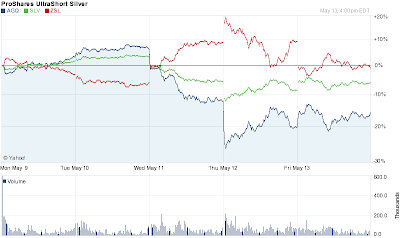A recent essay at Wired (here) highlights the current character of American Archaeology—it is a profession that has lost control of its purpose and its database. Archaeology has been appropriated by non-archaeologists for purposes far beyond the pursuit of science or knowledge; it has become a commodity for sale to the highest bidder with its authority trampled in the dust. Welcome to Post Modern Romanticism where populist and egalitarian impulses drive the process.
The story in Wired is about the La Jolla skeletons that are in the midst of controversy. Bone Girl provides additional background (here) with references. University administrators want to repatriate the bones under NAGPRA to a local tribe that has made a claim; scientists want to do further studies on a database first excavated in the 1970s. The tribe has lots of money and has become a local power player. The bones are between 9000 and 9600 years old and they are good candidates for interesting DNA studies. This is a good example of how advances in technology can be used to re-analyze old data, and potentially discover important new insights. To date, the request to do additional studies has been blocked.
The scientists are said to hope for collaborative discussions and efforts. What I didn’t get out of the story was any sense that the scientists had seriously approached the tribe or administrators for such collaboration. I hope they have because, otherwise, they appear to be on the defensive side of the issue. They wrote letters to science magazines and stated their position in that venue, which comes across as whining and pandering to the scientific community.
In the Wired essay there is a comment that this La Jolla case is ‘Kennewick Man II’, a reference to an earlier case (here) were scientists and Native Americans fought bitterly over the ability to analyze ancient remains. In that case, scientists eventually were successful at doing the research. The Kennewick Man case was hard fought, taking about eight years (1996-2004) in the courts. It also divided scientists with some defending their scientism and others the rights of Native Americans.
The ultimate outcome of the Kennewick case is that modernist scientists lost power and authority and the tribes gained both. Those scientists defending old modernist ideals of scientism and meritocracy are now the marginal ones playing defense; the tribes have taken a mainstream stance and represent the values of Dionysian America—express yourself and respect the values of others. Many post-modern scientists will support them. In the Kennewick Man case, scientists won the battle but lost the PR campaign. They came across as pompous arrogant intellectuals pursuing “irrelevant” goals and questions.
In recent years, public archaeology has been redefined. It is now archaeology “by the people for the people” (here & here). This contrasts with the old public archaeology (here) that basically stated that archaeology was done by archaeologists for the good of the people; if the public wanted to be involved then they would have to follow the lead of scientists. Both versions are still out there in use today, but the latter is fading. Today, ‘relevance’ is defined by many factions, not just the scientists, and, the interests of science often are trumped by the interests of nonscientists.
I hope the La Jolla case doesn't escalate into another Kennewick Man issue. It would be more salt poured on open wounds--of the tribes and scientists. Collaboration is the answer.



